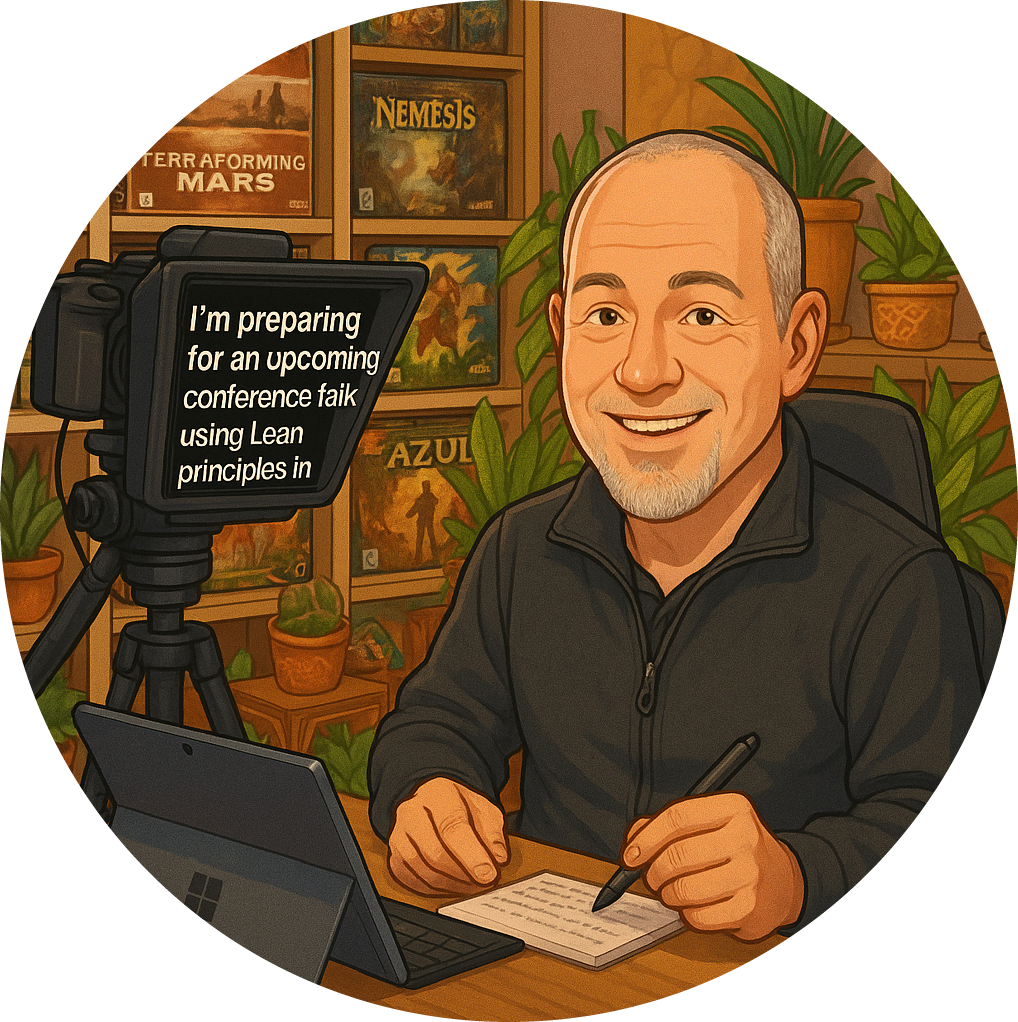In the fast-paced world of Agile, it’s easy to fall into the trap of doing too much. Whether it’s overloading your backlog, over-refining, or over-planning, too much of anything can be a bad thing. One of the key virtues that we embrace in Agile is temperance, the art of taking everything in moderation.
The principle of temperance reminds us that we must balance our efforts, focus on what truly matters, and avoid overcomplicating processes. This is particularly relevant when it comes to managing our backlogs and planning our sprints. In this post, we’ll dive deeper into what it means to apply temperance in Agile and share practical insights on how to strike the perfect balance in your Scrum practices.
What Does It Mean to Have a Lean Backlog?
In Agile, the backlog is the heart of the project. It contains everything the team will eventually work on, but that doesn’t mean it should be overloaded. A lean backlog ensures that your team stays focused on delivering value without getting overwhelmed. The key phrase here is: just enough and no more.
How Much Backlog is Enough?
This concept of “just enough” is something I’ve personally taken to heart, having been taught it by none other than Ken Schwaber, one of the co-creators of Scrum. He often said to me, “Just enough and no more.” It didn’t matter what the question was, whether it was about the size of the backlog, the number of developers, or the amount of time spent on refinement, the answer was always the same: just enough and no more.
So, how much backlog should we have?
Just enough to keep the team focused and working on high-priority items.
No more than necessary to avoid overburdening the team with low-priority tasks that can distract from delivering value.
Having too much backlog can be as harmful as having too little. Too many items can lead to unnecessary complexity, wasted effort, and even burnout. So, trim your backlog down to what is immediately valuable, and don’t be afraid to say no to non-essential features.
Maximizing Work Not Done: The Agile Mantra
One of the principles in the Agile Manifesto is to maximize the amount of work not done. This is the epitome of temperance in action, minimize effort for maximum gain. It’s not about cutting corners but rather about focusing your energy on what will truly make a difference. When you spend too much time refining, planning, or perfecting, you’re taking away time and energy that could be used to create value.
Practical Tips for Applying Temperance in Agile:
Refinement: Just Enough and No More
- Spend enough time refining backlog items so they’re ready for the next sprint but avoid over-refining. Too much refinement can lead to wasted effort on features that may never be prioritized.
Planning: Keep It Lean
- Sprint planning should focus on actionable, high-priority work. Avoid planning too far ahead or investing too much time in long-term speculation.
Development Team Size: Just Enough and No More
- Agile teams should have enough developers to maintain momentum, but not so many that coordination becomes a bottleneck. Think lean and keep the team small enough to stay nimble.
Work in Progress (WIP) Limits
- Implement WIP limits to prevent overloading your team. Too much work in progress can reduce efficiency and lead to incomplete or poor-quality outcomes.
Real-World Example: Balancing Refinement and Innovation
In one of my previous projects, our team was overly ambitious about refining every backlog item. We wanted to have every possible feature mapped out in detail. However, we soon found ourselves stuck in endless refinement sessions, debating the merits of features that didn’t add immediate value. Our velocity slowed down, and it felt like we were refining for refinement’s sake.
It wasn’t until we adopted the principle of just enough and no more that we saw real improvement. By focusing on the most critical items and minimizing time spent on low-priority tasks, we were able to accelerate delivery and improve customer satisfaction .
The Easy Path vs. The Hard Path
Temperance isn’t just about minimizing effort, sometimes, you’ll need to take the hard path to achieve the best results. The Agile mindset encourages us to maximize the easy path when possible, but it’s equally important to recognize when a more difficult route is necessary for long-term success.
This balance is crucial for sustaining Agile practices:
Take the easy path when it doesn’t compromise quality or value.
Be willing to take the harder path when it leads to better results.
For example, when refactoring code, the easier path might be to patch things up quickly. But if deeper refactoring is needed for maintainability and scalability, temperance would suggest taking the harder route, despite the short-term pain.
Advice for Agile Teams
Balance Short-Term Wins with Long-Term Goals: Don’t always choose the easiest route; ensure that you’re also considering the bigger picture and the long-term value.
Avoid Perfectionism: Perfection is often the enemy of progress. Deliver incremental improvements rather than striving for perfection in one go.
Learn to Say No: Not every feature request or idea belongs in your backlog. Be discerning and say no to non-essential work.
When to Seek Help
If you’re finding it difficult to strike this balance in your Agile journey, don’t hesitate to seek guidance. Whether it’s through training, coaching , or consulting, finding the right support can make a world of difference. My team at Naked Agility specializes in helping teams apply the Seven Virtues of Agility, including temperance, to maximize effectiveness.
If you’re ready to elevate your Agile practices and apply temperance to your backlog, refinement, and planning, reach out. We’re here to help, or you can always find a coach or trainer who can guide you in this journey.
Key Takeaways:
Less is more in Agile, focus on what truly adds value.
Just enough and no more applies to everything, from your backlog to your development team size.
Maximize work not done to reduce waste and increase value.
Be prepared to take the hard path when necessary, but always seek the simplest solution when possible.
Seek help early if you struggle to find balance in your Agile processes.
Agility isn’t just about moving fast, it’s about moving smart. 🌟 Find your balance, and your team will thank you for it.




























